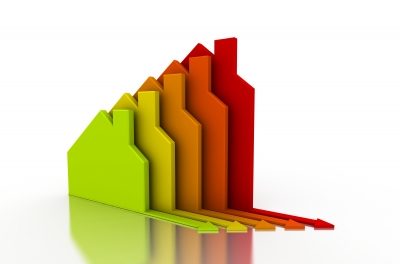
Sustainable buildings understand and reduce energy use. Focusing on energy use tackles energy security, operational costs, and climate change, whereas a focus on CO₂ emissions only addresses the latter.
Sustainability standards are starting to pivot this way. The introduction of a Primary Energy metric in Part L and consideration of Energy Use Intensity in GLA planning applications are just two of the ways in which a greater focus on energy is being required. The benefits of such a focus are substantial. Operational costs can be slashed by reducing demand and dynamically managing what demand cannot be cut. Buildings with a more autonomous energy system are also better protected from energy security shocks, such as grid outages or international fossil fuel price volatility. And, as explained below, by focusing on energy and assisting grid demand, national CO₂ emissions will continue to reduce further.
The energy generated by the UK electricity grid today is nearly three times cleaner than it was 15 years ago. Whilst this is excellent, most of this progress can be attributed to adding renewable power generation, not through a reduction in energy use. Buildings have benefitted from receiving this cleaner energy and reducing their associated operational CO₂ emissions, but their role in facilitating a clean grid has been, to date, limited.
Peak demand on the electricity grid is anticipated to double by 2050 due to the electrification of major energy uses such as transport, industry, and heating. Currently, periods of high demand often result in grid electricity being more carbon intensive because peaking power generators tend to be fossil-fuel based. A sustainable low carbon electricity grid can only be achieved if buildings, historically consumers of power, work harder to manage energy use and, where possible, generate power themselves.
Posted on September 27th, 2023
Author: Jonathan Thomas-Peck
Related services: Energy Statements, Building Performance Evaluation, Be Seen Energy Monitoring,